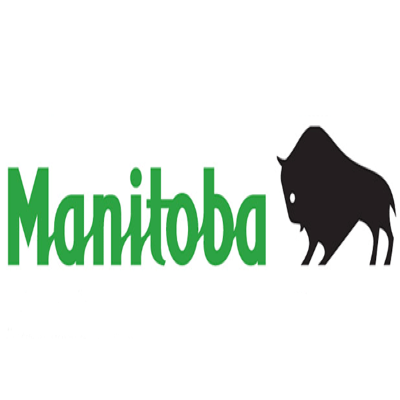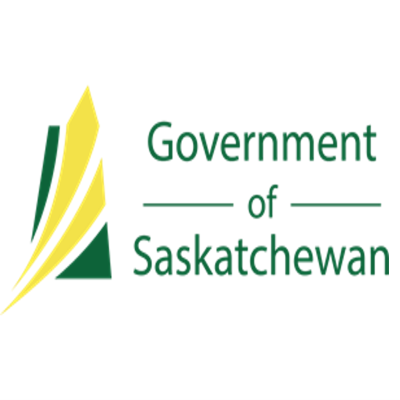elk
Type of resources
Topics
Keywords
Contact for the resource
Provided by
Formats
Representation types
Update frequencies
status
-

Broad management guidance is applied across each Cervid Ecological Zone (CEZ) to help set local population and habitat objectives. CEZs reflect the overarching cervid management intent at the landscape level. The foundation for CEZs is Ontario’s Ecological Land Classification, with consideration given to: * cervid species ranges * landscape level variations in habitat and climate CEZs build on the existing Wildlife Management Unit network while recognizing that species and habitat ranges fluctuate over time.
-

The purpose of this dataset is to give an accurate representation of the game hunting boundaries in Manitoba. The purpose of this dataset is to give an accurate representation of the game hunting boundaries in Manitoba.Game Hunting Areas (GHAs) are defined under the Hunting Areas and Zones Regulation (220/86) of The Wildlife Act (CCSM c. W130). Game Hunting Areas are used to support boundaries for species-specific hunting seasons, harvest allocations, bag limits and associated regulations. Refer to the Hunting Areas and Zones Regulation for GHA boundary descriptions.Fields included (Alias (Field Name): Field description)OBJECTID (OBJECTID): sequential unique whole numbers that are automatically generated GHA (GHA): the number assigned to each Game Hunting Area Shape_Length (Shape_Length): the length of the feature in internal units Shape_Area (Shape_Area): area of the feature in internal units squared
-

The purpose of this dataset is to give an accurate representation of the game hunting boundaries in Manitoba. The purpose of this dataset is to give an accurate representation of the game hunting boundaries in Manitoba.Game Hunting Areas (GHAs) are defined under the Hunting Areas and Zones Regulation (220/86) of The Wildlife Act (CCSM c. W130). Game Hunting Areas are used to support boundaries for species-specific hunting seasons, harvest allocations, bag limits and associated regulations. Refer to the Hunting Areas and Zones Regulation for GHA boundary descriptions.Fields included (Alias (Field Name): Field description)OBJECTID (OBJECTID): sequential unique whole numbers that are automatically generated GHA (GHA): the number assigned to each Game Hunting Area Shape_Length (Shape_Length): the length of the feature in internal units Shape_Area (Shape_Area): area of the feature in internal units squared
-

The Broad Ecosystem Inventory (BEI) Classification provides broad regional information about the distribution of ecosystems throughout the province and the value of these ecosystems to wildlife. This work is done in order to facilitate the use of wildlife information in broad provincial and regional land and resource planning initiatives. Broad Ecosystem Units are mapped based on imagery of the provincial land base generally captured at a scale of 1:250,000. BEI mapping represents forest conditions from approximately 1995 to 2000. The BEI Classification was used to produce wildlife habitat capability and suitability mapping following Provincial Wildlife Habitat Ratings (WHR) Standards (Resource Inventory Committee 1999). Habitat classifications were based on BEI units. BEI units were evaluated and rated to determine the habitat potential (capability) and current habitat conditions (suitability) for selected wild ungulates and furbearers within each seral stage within each Broad Ecosystem Unit (and related site modifier variation) within the framework of Ecosections and Biogeoclimatic Sub-zone/Variants for their ability to supply the species’ necessary life requisites. Regional Wildlife and Habitat biologists, technicians, Forest Ecosystem Specialists, and consulting species experts provided species habitat ratings for each region of the province. Wildlife habitat capability and suitability mapping was completed for the following wild ungulates and furbearers: Northwestern Moose, Alaskan Moose, Shiras' Moose, Bison, Rocky Mountain Elk, Roosevelt Elk, Columbian Black-tailed Deer, Rocky Mountain Mule Deer, Sitka Black-tailed Deer, White-tailed Deer, Dakota White-tailed Deer, Northwestern White-tailed Deer, Boreal Woodland Caribou, Mountain Woodland Caribou, Northern Woodland Caribou, Lynx, Bobcat, and American Badger. Habitat mapping followed Provincial Wildlife Habitat Ratings (WHR) Standards (Resource Inventory Committee 1999).
-

The purpose of this dataset is to give an accurate representation of the game hunting boundaries in Manitoba. The purpose of this dataset is to give an accurate representation of the game hunting boundaries in Manitoba.Game Hunting Areas (GHAs) are defined under the Hunting Areas and Zones Regulation (220/86) of The Wildlife Act (CCSM c. W130). Game Hunting Areas are used to support boundaries for species-specific hunting seasons, harvest allocations, bag limits and associated regulations. Refer to the Hunting Areas and Zones Regulation for GHA boundary descriptions.Fields included (Alias (Field Name): Field description)OBJECTID (OBJECTID): sequential unique whole numbers that are automatically generated GHA (GHA): the number assigned to each Game Hunting Area Shape_Length (Shape_Length): the length of the feature in internal units Shape_Area (Shape_Area): area of the feature in internal units squared
-

To help wildlife managers obtain information about CWD prevalence in the province, hunters are asked to drop off heads from deer, elk, moose, and caribou for CWD testing at the following locations (see map below). PLEASE NOTE: Each self-serve drop-off site contains a kiosk and a chest freezer. Freezer space at high-traffic drop-off locations may be limited early in the hunting season when temperatures are not consistently below -10C and therefore do not allow for heads to be submitted within the kiosk. Prior to dropping off large elk and moose heads at these busy sites, please call ahead to the phone number associated with each kiosk to ensure there is adequate freezer space to allow for drop-off.
 Arctic SDI catalogue
Arctic SDI catalogue